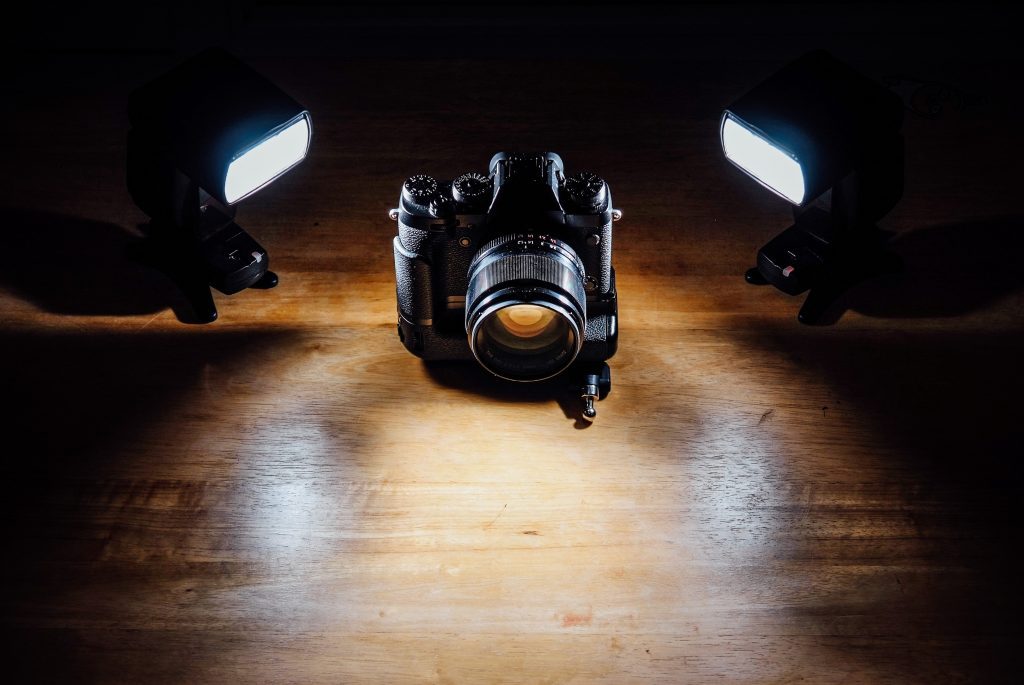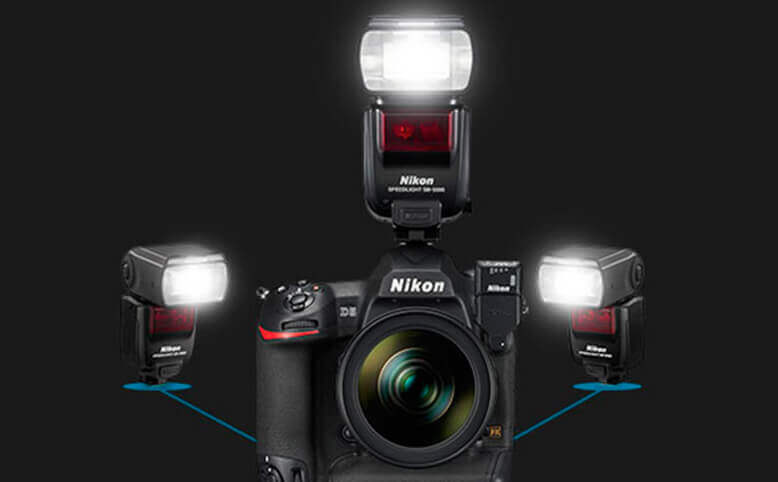The photo accessory world seems endless to a beginner in photography. “What gear should I have?” is a question that haunts many of us for a good reason. No one wants to miss the perfect shot because they lack a small piece of equipment. However, there is a thin line between having the right gear and having too much gear. And the first step towards owning what you need is to know what each accessory can do for you. Read along to discover what a Speedlight (or Speedlite) is and how it can improve your photography.
What is a Speedlight (or Speedlite)?
Nikon names it Speedlight. Canon names it Speedlite. The other photography gear companies choose between these two names. Regardless of what you call it, a Speedlight is an external flash unit that can be mounted on the camera’s hot shoe (on-camera flash) or anywhere else (off-camera flash).
When used as an on-camera flash, the Speedlight is the primary light, illuminating the subject frontally. Unlike the built-in flash, the Speedlight usually allows tilting and rotating, giving you more control over the light’s characteristics (e.g., adjustable power, better directionality, etc.).
When used off-camera, the Speedlight acts as a secondary light. You can use more than one and create lateral illumination, backlighting, or more creative lighting setups. Because it isn’t connected to the camera, a remote control triggers the Speedlight. It may be an infrared trigger or a radio trigger. In this setup, you have complete control over the light’s direction, intensity, and quality.

Photo by insung yoon on Unsplash
How to Use a Speedlight
As you know, an additional light source is useful in any photographic genre, even nature photography. You can combine it with ambient light to reduce shadows, create highlights, or increase the available amount of light. Or you can use it to overpower the ambient light and change the available light setup.
Most Speedlights have two modes: Manual and TTL (Through-The-Lens). In Manual mode, you decide the power of the flash. It’s a trial-and-error process that may take some time. But it’s error-free. Ultimately, you have the flash power exactly how you need it to get the correct exposure. The Manual mode is the best choice when you have the time to take consecutive photos with different flash powers and select the most favorable one (e.g., studio lighting setup).

Photo by christian buehner on Unsplash
In TTL mode, the camera decides the flash power. You half-press the shutter release to engage the camera’s metering system, which fires the flash. The camera evaluates how much light is in the scene and whether it needs more or less light to get the correct exposure. Then, it automatically adjusts the flash power.
Using the TTL mode is faster but prone to error. The metering system evaluates the light available around the focus point. If it catches an exceptionally bright or dark spot or area, it may misinterpret the amount of light the rest of the frame needs. The result is overexposed or underexposed photographs.
The TTL mode has another drawback: the two-step firing of the flash. If you photograph people, animals, or insects with the Speedlight as the primary light, chances are the first fire of the flash to startle them. The subject may close their eyes or move in the short time between the first firing and taking the photo. So choose carefully when and how you use a Speedlight.

Photo by Grant Durr on Unsplash
Conclusion
Studio photographers often use one or more Speedlights, off camera, to create complex lighting designs. They also prefer the Manual mode because they can set up the Speedlights once and use them for the entire photo session. Photographers who capture candid moments often use an on-camera Speedlight as a better alternative to the built-in flash. They also prefer to use the TTL mode when possible because it’s faster, and they don’t have time to fiddle with flash settings. Consider your workflow, preferred subject matter, and artistic purpose before you need a Speedlight. And find the best way to use it to your advantage.

